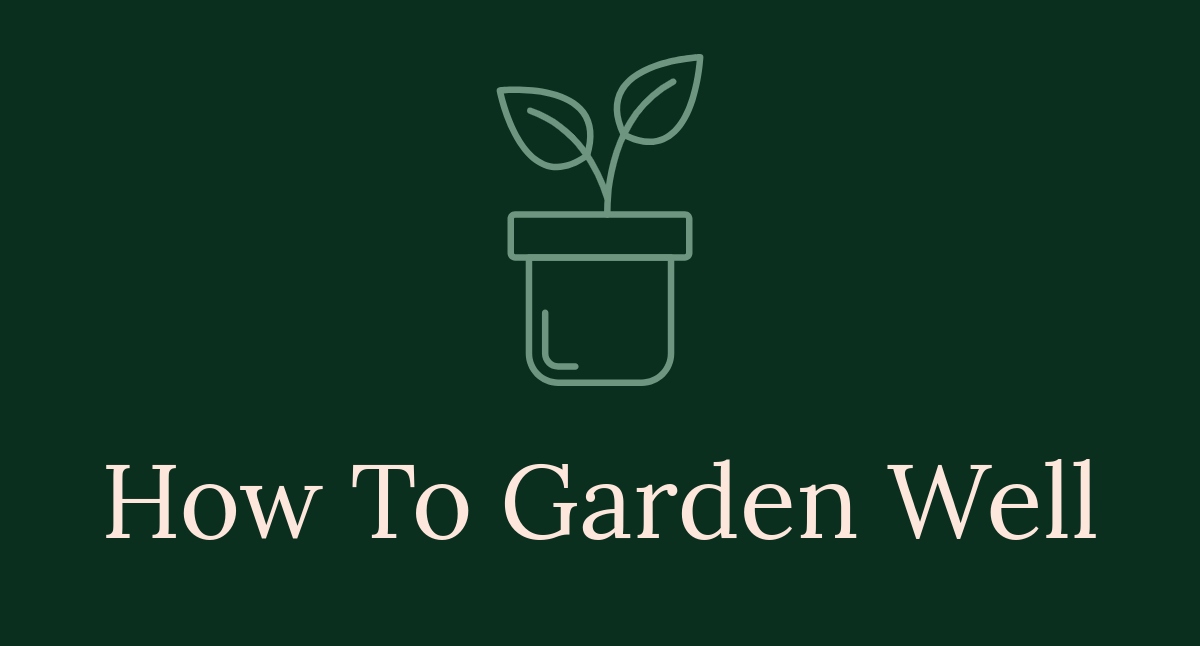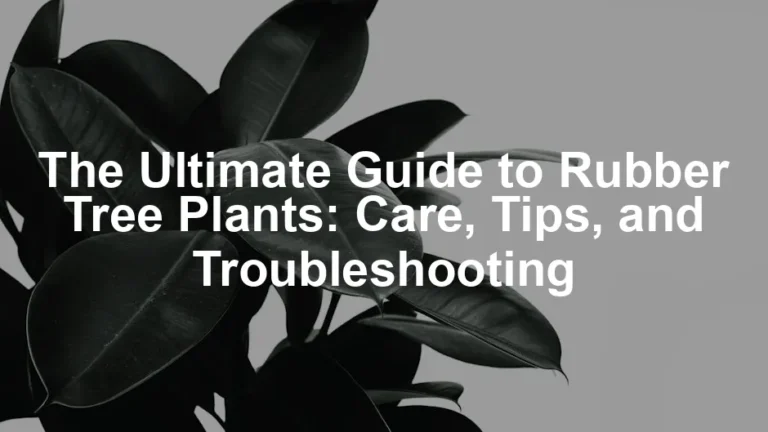

The Ultimate Guide to Cane Plants: Care, Benefits, and Common Issues
Introduction
Cane plants, especially the Mass Cane (Dracaena massangeana), have captured the hearts of indoor gardeners. Their striking appearance and minimal care needs make them a top choice. Not only do they enhance your space visually, but they also purify the air. This article focuses on essential care tips, benefits, and common challenges with cane plants.
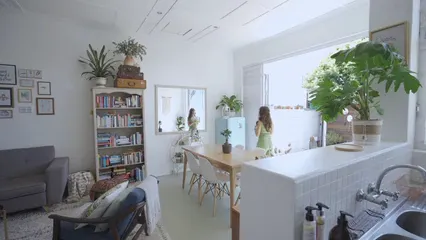
To learn more about enhancing indoor spaces with plants, check out this guide on best plants for purifying indoor air quality.
Summary and Overview
The Mass Cane, often called the Corn Plant, is a stunning addition to any indoor garden. Native to the tropical regions of Africa, it can grow up to 6 feet tall and features long, glossy leaves with yellow or light green stripes. Known for being easy to care for, this plant thrives with minimal effort, making it perfect for both beginners and experienced gardeners. In the following sections, we will cover care instructions, common issues, and frequently asked questions.

If you’re looking for the perfect potting medium for your cane plant, consider using well-draining potting soil. This ensures your plant’s roots have the aeration they need to thrive, preventing root rot and other moisture-related issues.
Care Instructions for Cane Plants
Watering Needs
Proper watering is crucial for the health of your cane plant. Check the moisture level by sticking your finger into the soil. Water when the top inch feels dry. Using distilled water is ideal, as it prevents mineral build-up. In moderate light, aim to water every 10-14 days. During hotter months, this may increase slightly. Watch for signs of distress; yellow leaves indicate overwatering, while brown tips suggest underwatering. Keeping the soil consistently moist but not soggy is key. Remember, less is often more with these drought-resistant beauties. Assess your watering routine regularly to ensure your cane plant thrives.
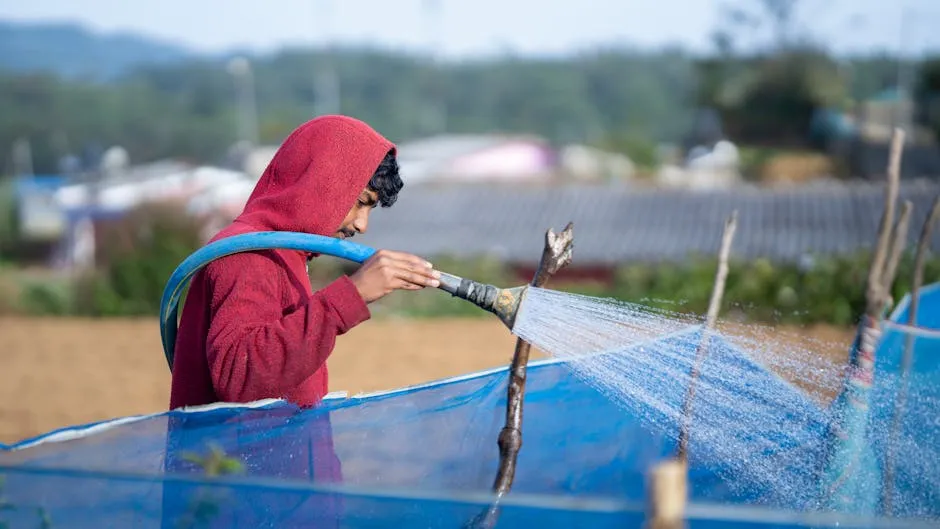
For those who want to measure their watering precisely, a watering can with measurement can take the guesswork out of your plant care routine. With clear markings, you can ensure your plant is getting just the right amount of hydration!
Light Requirements
Cane plants flourish in bright, indirect sunlight. Position your plant near a window with filtered light for the best results. While they can tolerate low light, extended periods may lead to yellowing leaves and stunted growth. Conversely, too much direct sunlight can harm their delicate leaves. Aim for around 6-8 hours of indirect light daily. If your plant leans towards one side, it may be stretching for more light. Rotate your plant occasionally for balanced growth. Ensure you place it near suitable light sources to keep it healthy and vibrant.

To enhance your plant’s growth, consider using an LED grow light for indoor plants. These lights can mimic natural sunlight, ensuring your cane plant gets the light it needs, especially during the darker months of the year.
Soil and Potting
Cane plants thrive best in well-draining soil. A good potting mix contains a blend of peat moss, perlite, and pine bark. This combination ensures excellent drainage and soil aeration, crucial for healthy root development. Avoid compacted soil, as it can lead to root rot.
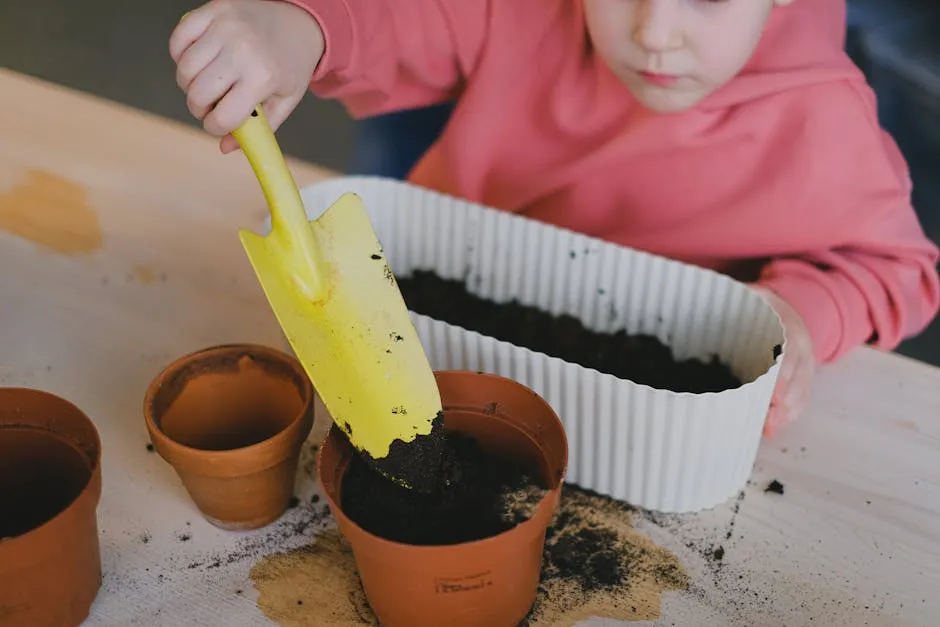
When it comes to pot size, choose one that allows for growth. For a small cane plant, a pot around 6-8 inches in diameter works well. Larger plants, about 2-4 years old, need pots between 10-12 inches. Always ensure your pot has drainage holes. This prevents excess water from sitting at the bottom, which can suffocate roots and promote rot.
Reassess your potting setup periodically. Check if the soil remains too moist or if roots are growing out of the drainage holes. Keeping an eye on these conditions helps maintain a thriving cane plant. Take a moment to evaluate your current potting setup and soil condition for optimal growth.
Temperature and Humidity
Cane plants prefer a temperature range of 60°F to 75°F. This indoor climate mimics their native habitat in tropical Africa. They can tolerate slight temperature fluctuations but should be kept away from drafts or extreme heat.
Humidity is also vital. Ideal humidity levels range from 40% to 60% for healthy growth. Low humidity can lead to brown leaf tips, indicating the plant is stressed. To maintain proper moisture, consider misting the leaves regularly or using a pebble tray for humidity. This allows evaporation to create a humid environment around the plant.

Remember to monitor your indoor climate conditions closely. Adjusting humidity can significantly enhance your cane plant’s health and appearance, so keep an eye on those levels!
Fertilization
Fertilizing cane plants is essential for their growth but should be done carefully. A balanced, water-soluble fertilizer is recommended. Fertilize once a month during the growing season (spring to fall). This schedule helps meet their nutrient requirements without overwhelming the plant.
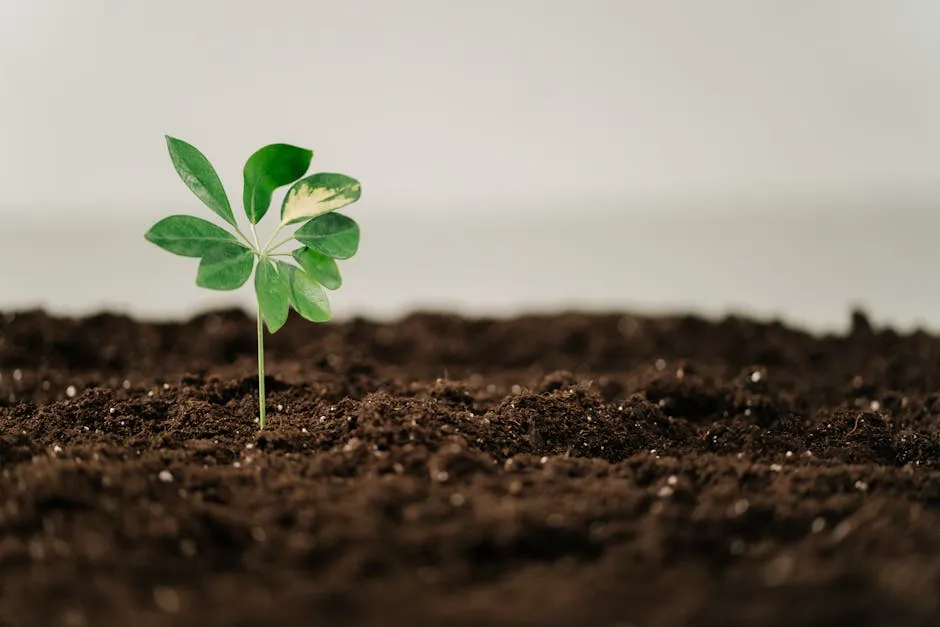
Organic fertilizers are a great option, as they provide nutrients without harsh chemicals. However, avoid over-fertilization. Signs of this include yellowing leaves or white crust on the soil surface. If you notice these symptoms, cut back on feeding. For more information on organic options, check out our article on best organic fertilizers for vegetable gardens in small spaces. You can also explore indoor plant fertilizers that are specially formulated for houseplants.
Evaluate your fertilization routine regularly. Adjust as needed based on your cane plant’s response. This approach will ensure your plant stays healthy and vibrant over time.
Pruning and Maintenance
Pruning your cane plant is essential for its growth and appearance. Regular trimming helps maintain its shape and encourages new growth. Aim to prune once every few months, removing any yellow or brown leaves at the base. Use clean, sharp scissors to prevent infection. Consider investing in a pair of plant pruning shears for a clean and precise cut.
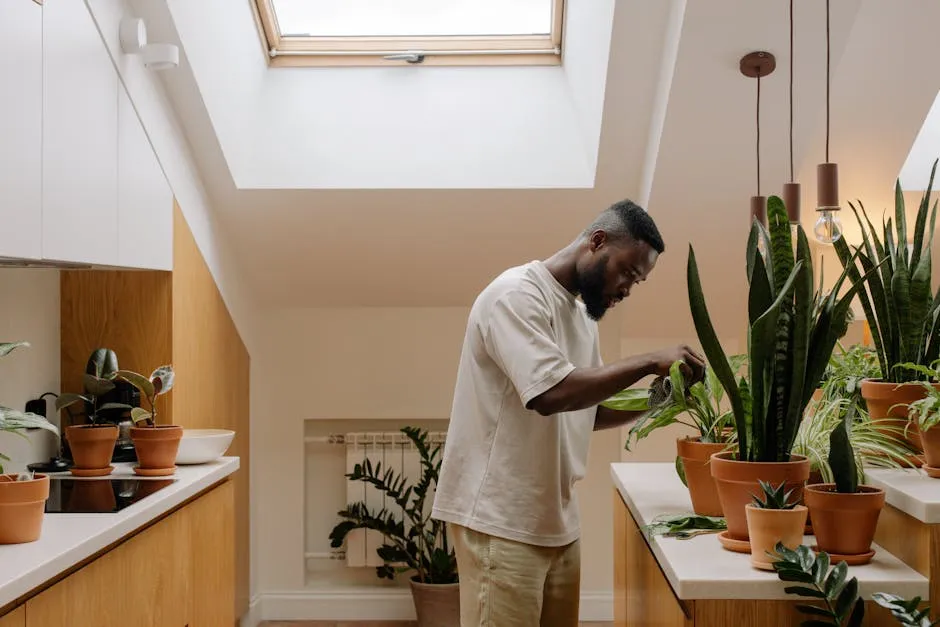
In addition to pruning, a maintenance schedule enhances the plant’s health. Dust the leaves regularly to keep them clean. This allows the plant to absorb more light and improves its overall leaf health. A simple damp cloth works wonders for this task. You might also want to use a plant leaf cleaning cloth for an easy and effective way to keep your plants shining!
Don’t forget to check the soil moisture during maintenance. Ensure the soil isn’t too dry or overly saturated. These small yet impactful practices contribute significantly to your cane plant’s well-being. Schedule regular maintenance checks to keep your plant thriving and looking its best.
Yellowing Leaves
Yellowing leaves can signal various issues with your cane plant. One common cause is nutrient deficiencies, especially nitrogen. Without enough nutrients, leaves may lose their vibrant color. Consider using a balanced fertilizer to replenish essential elements.
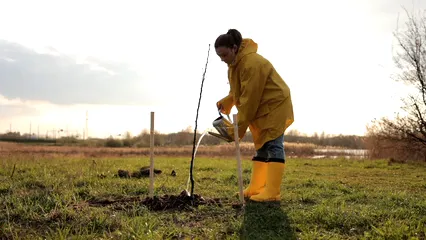
Another factor is light conditions. Insufficient light can lead to leaf discoloration. Make sure your cane plant receives bright, indirect sunlight for optimal health. If your plant is too far from a light source, it may struggle and show signs of distress.
Watering issues also play a significant role. Overwatering can suffocate roots, causing yellowing and decay. Conversely, underwatering dries out the plant, leading to a similar problem. Always check the soil moisture before watering. Generally, the top inch should feel dry before you add more water.
Statistics show that nearly 30% of indoor plant problems stem from watering mistakes. Regularly assess your plant’s environment to ensure it thrives. By addressing these factors, you can restore your cane plant’s lush green leaves.
Benefits of Having a Cane Plant
Cane plants are more than just attractive additions to your home. They offer significant health benefits too! Known for their air-purifying qualities, these plants can reduce indoor pollutants like formaldehyde and benzene. Studies suggest that having houseplants can improve indoor air quality by up to 87% in 24 hours.
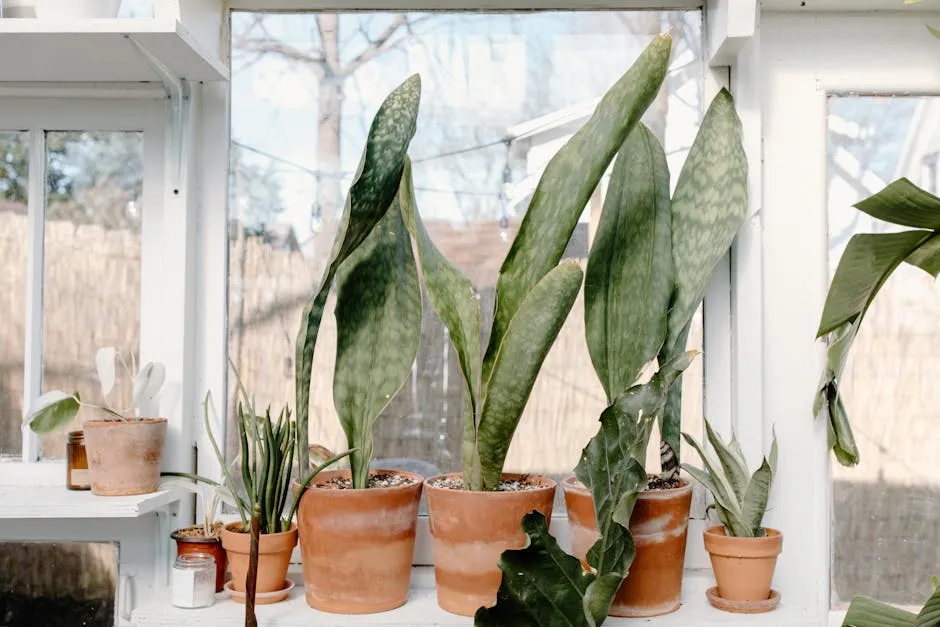
Aesthetically, the cane plant brings life to any space. Its tall, striking leaves can create a focal point in your home or office. Plus, they require minimal maintenance, making them perfect for beginners. With proper care, these resilient plants can thrive for years.
Not only do they beautify your surroundings, but they also promote a healthier indoor environment. Why not consider gifting a cane plant to a friend or using it to spruce up your decor? They make thoughtful presents that combine style with practicality, bringing joy to both the giver and the receiver.
FAQs
What is the ideal light for a cane plant?
Cane plants thrive in bright, indirect light. Direct sunlight may scorch their leaves and lead to damage. Too little light can cause yellowing leaves and slow growth. Aim for filtered light to keep your plant healthy.
How often should I water my cane plant?
Water your cane plant every 10-14 days, depending on light conditions. If it’s in moderate light, allow the top inch of soil to dry out before watering. Look for signs like yellowing leaves, which indicate overwatering, or brown tips that suggest underwatering.
What should I do if my cane plant has brown leaf tips?
Brown leaf tips can result from underwatering or low humidity. Ensure you’re providing enough water and humidity. Consider misting the leaves or using a pebble tray to increase moisture around the plant.
Is the cane plant toxic to pets?
Yes, cane plants can be toxic to pets if ingested. Symptoms might include vomiting or lethargy. If you have pets, keep the plant out of their reach to prevent any health issues.
How can I promote growth in my cane plant?
To encourage growth, ensure your cane plant receives bright, indirect light. Water consistently and consider using a balanced fertilizer during the growing season. Regularly check humidity levels and mist the plant if needed for optimal growth.
If you’re just starting out with indoor plants, check out the Houseplants for Beginners book. It’s a comprehensive guide that will help you navigate the world of indoor gardening with ease!
Please let us know what you think about our content by leaving a comment down below!
Thank you for reading till here 🙂
All images from Pexels
